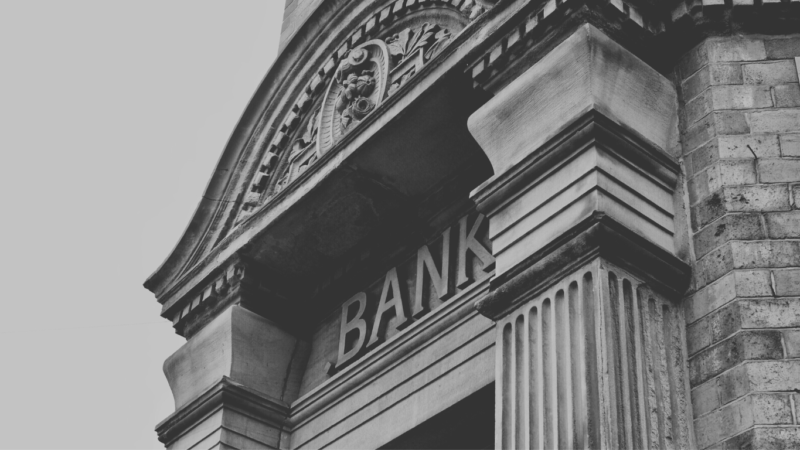Property Industry Reaction as Interest Rates Held
Date Published: 24 March 2025
In March 2025, the Bank of England made a pivotal decision to hold its interest rates steady, sparking a wave of reactions across various sectors of the economy. For the property industry, this move was met with mixed emotions, as market players tried to make sense of the implications for both buyers and investors. Let’s dive into how the property industry has responded to this decision and what it means for the future of the housing market.

The Bank of England’s decision to maintain interest rates at their current level in March 2025 came as a result of ongoing economic uncertainties. With inflation pressures still lingering, particularly in food and energy sectors, the central bank chose to keep rates unchanged to avoid further strain on household finances and borrowing costs. The Bank’s cautious approach signals a delicate balancing act between controlling inflation and fostering economic growth.
For the property market, interest rates are a critical factor influencing everything from mortgage rates to the broader sentiment of homebuyers and investors. Historically, when rates rise, it becomes more expensive to borrow money, which can dampen demand in the housing market. Conversely, when rates are kept low, there’s generally more borrowing activity, which can drive up demand and increase property prices.
The Bank of England’s decision to hold interest rates in March 2025 offers a brief respite for the property market, but it doesn’t eliminate the underlying challenges. There’s a growing expectation that the housing market may continue to cool down, especially as inflation remains a concern. For now, property buyers and investors may feel a sense of stability, but economic conditions in the months ahead could force the Bank of England to reassess its approach.
Source: Property Notify edited by Perry Brown for readability.